Understanding how to identify organic foods is essential for consumers seeking healthier and more sustainable choices. Recognizing genuine organic products involves knowing the visual cues, certification standards, and labeling details that distinguish them from conventional options.
By familiarizing yourself with these indicators, you can confidently select authentic organic foods, supporting eco-friendly farming practices and ensuring product quality. This knowledge empowers you to make informed purchasing decisions both at supermarkets and local markets.
Methods to Recognize Organic Foods
Identifying organic foods involves understanding specific visual cues, certification standards, and labeling practices that differentiate them from conventional products. Recognizing these indicators ensures consumers can make informed choices aligned with their health and environmental values. Accurate identification not only supports sustainable farming practices but also guarantees that the products meet established organic standards.
By paying attention to visual indicators, certification labels, and the specific requirements associated with organic labeling, consumers can confidently select authentic organic foods. This knowledge empowers shoppers to distinguish genuine organic items from imitation or non-organic alternatives, fostering a more transparent marketplace.
Visual Indicators of Organic Produce
Visual cues can provide initial clues about whether produce is organic. Organic fruits and vegetables often display certain characteristics that distinguish them from conventionally grown counterparts. These include:
- Uneven shape or size, reflecting natural growth without synthetic size-controlling agents.
- Minimal or no wax coating, which is sometimes used on non-organic produce to enhance appearance.
- Presence of blemishes or small imperfections, as organic farming limits synthetic pesticides that prevent such issues.
- Natural coloration without overly vibrant or uniform hues, which can signify artificial coloring or ripening agents.
While visual indicators can be helpful, they are not solely reliable. Consumers should complement visual cues with proper labeling and certification verification to ensure authenticity.
Labeling Standards and Certifications
Organic foods are governed by strict labeling standards established by regulatory bodies to ensure transparency and authenticity. Recognizing these labels is essential for verifying organic status. Key certification standards include:
- The USDA Organic label in the United States, which requires compliance with detailed organic farming and processing standards.
- EU Organic logo in European Union countries, signifying adherence to EU organic regulations.
- Canada Organic label, which follows Canadian organic standards and certification processes.
- Other national certifications, such as Australia’s Australian Certified Organic (ACO) seal.
These labels indicate that the product has undergone rigorous inspection and certification processes, including requirements related to soil health, restrictions on synthetic chemicals, and environmentally sustainable practices. Consumers should look for official certification logos often placed prominently on packaging or produce tags.
Comparison of Organic and Non-Organic Foods
The following table summarizes the key differences between organic and non-organic foods across various aspects:
| Label Type | Certification Body | Requirements | Visual Cues |
|---|---|---|---|
| USDA Organic | United States Department of Agriculture | No synthetic pesticides, fertilizers, GMOs, or artificial preservatives; 95% organic ingredients | Official USDA seal, often on packaging; produce may look less uniform |
| EU Organic | European Union Organic Certification | Restricted use of chemical inputs; environmentally sustainable practices | EU organic logo, with leaf symbol; natural appearance of produce |
| Non-Organic | Various, often unregulated or no certification required | May include synthetic pesticides, fertilizers, GMOs | Uniform shape and size; shiny or waxed surface; artificial coloring |
| Other Certifications | Various national bodies | Similar to regional standards with local variations | Certification logos specific to the certifying organization |
Consumers should familiarize themselves with these labels and standards to confidently differentiate organic foods from conventional options, ensuring their dietary choices align with their health and sustainability goals.
Common Organic Labels on Food Packaging
Several well-recognized labels commonly appear on food packaging, helping consumers identify organic products at a glance. Some of the most prevalent include:
- USDA Organic Seal: Recognized internationally, indicating compliance with the United States Department of Agriculture’s organic standards.
- EU Organic Logo: A green leaf symbol with stars, certifying products for the European market.
- Canada Organic Logo: A simple, green checkmark with the word “Organic,” marking products certified under Canadian standards.
- Organic Certifying Body Logos: Various organizations such as the Organic Materials Review Institute (OMRI) or local certifiers that may display their logos alongside national standards.
Understanding these labels and their significance enables consumers to make informed decisions, ensuring their food purchases genuinely adhere to organic principles and standards.
Common Characteristics of Organic Foods
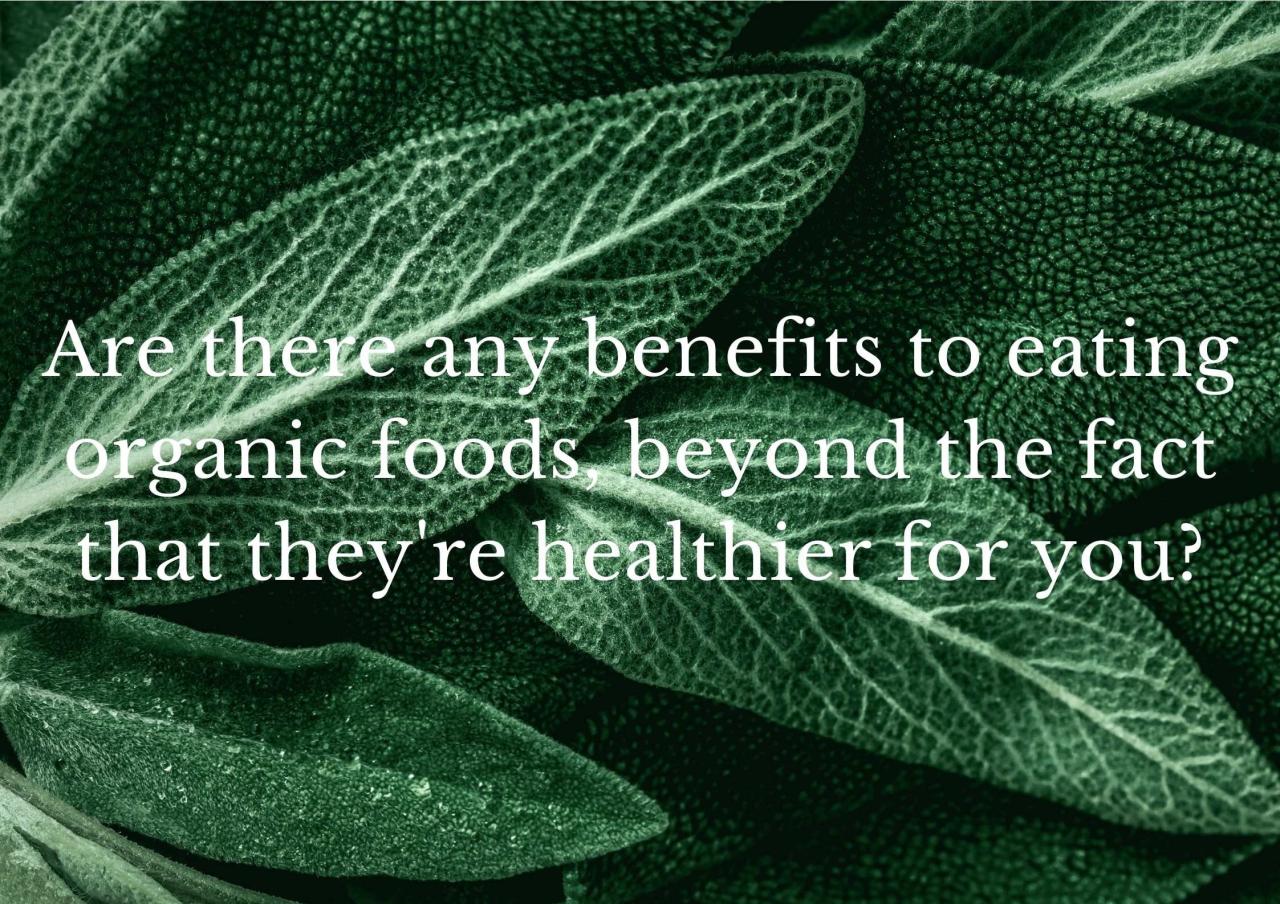
Understanding the typical attributes of organic fruits and vegetables can help consumers identify quality products even without labels. These characteristics stem from sustainable farming practices that emphasize natural growth processes, soil health, and minimal processing. Recognizing these traits allows for better assessment of freshness, quality, and the authenticity of organic produce.
Organic produce often exhibits distinctive qualities in appearance, texture, and aroma that set them apart from conventionally grown counterparts. These inherent differences are direct reflections of cultivation methods that avoid synthetic chemicals, pesticides, and genetically modified organisms. Examining these features can serve as practical indicators when selecting organic foods at markets or stores.
Typical Appearance, Texture, and Smell of Organic Fruits and Vegetables
Organic fruits and vegetables tend to display a natural, sometimes imperfect, appearance with varied shapes, sizes, and coloring. The absence of synthetic ripening agents or coloring enhances their authentic look. The textures are generally firm and crisp, especially when freshly harvested, and organic produce often has a richer, more pronounced aroma due to natural ripening processes and soil health practices.
For example, organic tomatoes might have a deeper red hue, a stronger smell, and a more uneven surface compared to their conventionally grown counterparts.
Assessing Freshness and Quality Without Labels
Since organic products may not always be distinctly labeled at the point of purchase, assessing freshness and quality involves careful observation and tactile evaluation. Fresh organic produce should feel firm but not hard, with vibrant color and an appealing aroma. The surface should be free from mold or excessive blemishes, which can indicate spoilage. Checking the stems, leaves, or roots often reveals freshness—green, moist, and lively foliage denotes recent harvesting.
Additionally, avoiding produce with excessive soft spots, wrinkles, or an off-putting smell helps ensure quality.
Comparison of Organic versus Conventional Produce
Understanding the physical differences between organic and conventional produce can aid in identification. The following comparison highlights key attributes:
| Characteristic | Organic Produce | Conventional Produce |
|---|---|---|
| Appearance | Often displays natural imperfections, uneven coloring, and irregular shapes due to the absence of synthetic ripening agents and colorants. | Typically uniform in size, shape, and color, with a visually polished appearance resulting from the use of growth enhancers and synthetic treatments. |
| Texture | Firmer and crisper when fresh, with a natural feel that reflects minimal processing. | Can sometimes feel overly smooth or waxed, especially if coated with preservatives or waxes to enhance visual appeal. |
| Smell | Generally has a stronger, more authentic aroma that indicates ripeness and freshness, due to natural ripening processes. | May have a subdued or artificially enhanced smell, sometimes less intense or artificially produced. |
| Overall Quality | Displays natural variations; freshness can be confirmed through tactile and olfactory cues, often with a richer flavor profile. | More uniform and visually appealing, but sometimes less flavorful due to storage and chemical treatments. |
Influence of Organic Farming Practices on Product Characteristics
Organic farming emphasizes soil health, crop diversity, and natural pest control, which significantly influence the characteristics of the produce. Healthy soil enriched with organic matter produces plants with more robust nutritional content and richer flavors. The avoidance of synthetic fertilizers and pesticides often leads to fruits and vegetables that grow more slowly but develop deeper colors, complex aromas, and varied shapes.
These practices also promote resilience against pests and diseases, resulting in produce with fewer blemishes and a more natural appearance. Moreover, the natural ripening process in organic farming often produces stronger smells and more vibrant colors, appealing to sensory perception and quality assessment.
Organic Food Certification and Standards
Certification plays a vital role in establishing the authenticity and quality of organic foods. It provides consumers with confidence that the products they purchase meet established standards for organic farming, processing, and labeling. Understanding these certifications and their verification processes is essential for making informed purchasing decisions and supporting genuine organic practices.
Multiple regions and organizations have developed specific standards and certification programs to ensure organic integrity. These certifications not only define the criteria that products must meet but also Artikel the procedures for certification, renewal, and compliance monitoring. Recognizing and verifying these certifications helps consumers distinguish authentic organic products from those falsely labeled or poorly certified.
Key Organic Certifications and Standards
Several prominent certification programs worldwide set the benchmarks for organic labeling. These standards typically address farming practices, inputs, processing methods, and record-keeping requirements.
- USDA Organic: Administered by the United States Department of Agriculture, this certification verifies that products meet the National Organic Program (NOP) standards, emphasizing no synthetic fertilizers, pesticides, or genetically modified organisms (GMOs).
- EU Organic: Managed under the European Union Organic Regulations, this certification focuses on sustainable farming practices, biodiversity, and animal welfare, with strict rules on inputs and processing.
- Japanese Organic Certification: Based on the Japanese Agricultural Standard (JAS), it assures compliance with criteria for organic cultivation, processing, and handling.
- Australia Certified Organic (ACO): An independent certification that emphasizes ecological sustainability, chemical-free farming, and transparency in organic practices.
Each certification has specific standards that must be adhered to, often reflecting regional agricultural practices, environmental considerations, and consumer expectations. Notably, these certifications serve as a mark of trust, signaling that the product has undergone rigorous inspection and meets the requisite criteria for organic integrity.
Verification Process for Certification Status and Expiration
Ensuring that a product remains certified involves verifying the current status and checking for renewal or expiration dates. Certifying agencies typically provide resources and methods to authenticate certifications effectively.
- Check Certification Labels: Authentic products display labels or seals issued by recognized certifiers, which include unique certification numbers or codes.
- Consult Certification Databases: Many certifiers maintain online databases where consumers or retailers can verify the validity of a certification by entering the product’s certification number.
- Review Certification Documents: Retailers and consumers should request and review official certification reports or certificates, which detail the scope, validity period, and compliance status.
- Monitor Renewal Dates: Certification validity is often set for one year, requiring renewal. Certification bodies send reminders or updates regarding expiration, and consumers should confirm that the certification is current before purchase.
Certifications are only valid within their specified periods; expired certifications indicate that the product may no longer meet the standards and should be verified or re-certified.
Comparison of Certification Agencies and Regions
The following table Artikels some leading certification programs, their regions, and core criteria for organic labeling:
| Certification Agency | Region | Key Criteria for Certification |
|---|---|---|
| USDA Organic | United States | No synthetic chemicals, GMOs, irradiation; strict record-keeping; sustainable practices |
| EU Organic | European Union Member States | Biodiversity, soil health, animal welfare, minimal synthetic inputs |
| JAS (Japanese Agricultural Standard) | Japan | Prohibition of synthetic fertilizers and pesticides, GMO restrictions, processing standards |
| ACO (Australian Certified Organic) | Australia | Ecological sustainability, chemical-free farming, transparency in supply chain |
Documentation and Identification Methods
Certifiers employ various methods to document and identify certified products, ensuring traceability and compliance.
- Certification Labels and Seals: These are prominently displayed on packaging, including official logos, certification numbers, and sometimes QR codes for digital verification.
- Certification Numbers: Unique numerical identifiers assigned to each certified product or farm, allowing verification through certifying agency databases.
- Official Certificates: Suppliers and retailers are often required to carry official documentation outlining the scope and validity of the certification, which can be inspected upon request.
- Traceability Systems: Advanced tracking methods, including barcoding or blockchain technology, are increasingly used to ensure full transparency from farm to table.
These identification and documentation practices uphold the integrity of organic labels, fostering consumer trust and compliance across the supply chain.
Shopping Tips for Organic Foods
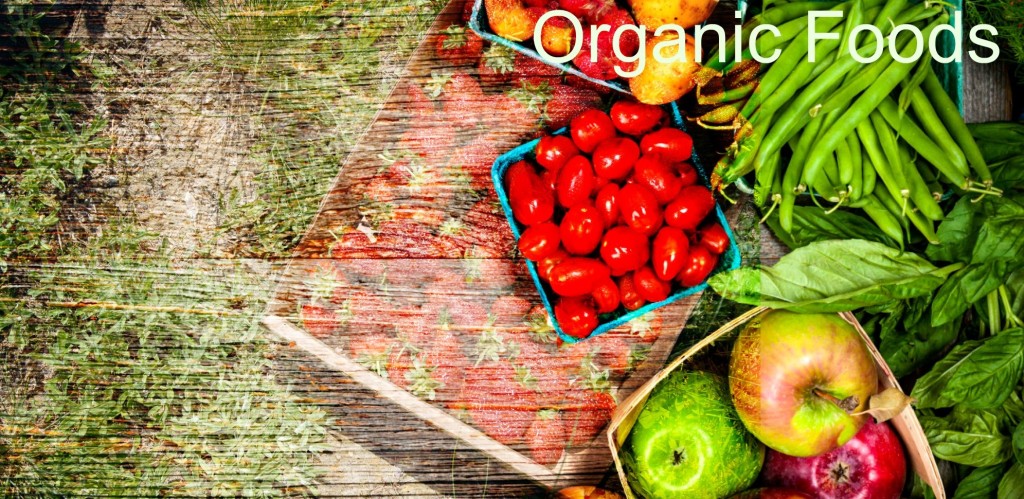
Choosing authentic organic foods requires awareness and informed decision-making when shopping at supermarkets and farmer’s markets. By following strategic procedures and asking pertinent questions, consumers can better ensure the products they select truly meet organic standards. Supporting local farmers not only fosters community sustainability but also often provides access to fresher and more transparent organic produce.
This section provides practical step-by-step guidance for selecting organic items, key questions to verify authenticity, a helpful checklist for product features, and insights into supporting local organic farmers effectively.
Step-by-Step Procedures for Choosing Organic Items
Adopting a systematic approach when shopping helps in reliably identifying genuine organic foods. The following procedures serve as a practical guide:
- Begin by familiarizing yourself with the labels and certifications, such as USDA Organic or equivalent local standards, to recognize certified organic products easily.
- Inspect the product packaging and labels carefully for certification seals, expiration dates, and any claims that support organic authenticity.
- Visit sections dedicated to organic produce or products, which are often distinctly marked or separated from conventional items in supermarkets.
- At farmer’s markets, look for vendors who clearly display their organic certification or provide detailed information about their farming practices.
- Engage with vendors and ask about their farming methods, sourcing, and certification status to confirm the organic nature of their offerings.
- Compare prices and appearance with conventional counterparts; authentic organic produce might be slightly more expensive but should still meet quality standards.
- Choose vendors or stores known for transparency, consistency, and adherence to organic standards, ensuring greater confidence in your selections.
Questions to Ask Vendors About Organic Authenticity
Effective communication with vendors helps clarify product origins and confirms their commitment to organic practices. Consider asking the following questions:
- Can you provide proof of organic certification for these products?
- How long have you been practicing organic farming or sourcing organic products?
- Are pesticides or synthetic fertilizers used on these items?
- Can you describe your farming or sourcing methods that qualify these products as organic?
- Are there any non-organic ingredients or additives included in processed organic products?
- How do you ensure the integrity and freshness of your organic produce?
Features to Look for When Selecting Organic Food Products
When choosing organic foods, focusing on certain features can help differentiate genuine products from non-verified items. The following checklist summarizes key characteristics:
| Feature | Description |
|---|---|
| Certification Seal | Visible organic certification from a recognized authority, such as USDA Organic or equivalent. |
| Labeling Claims | Clear and accurate statements indicating the product is organic, without misleading language. |
| Appearance and Freshness | Produce should look fresh, vibrant, and free from artificial blemishes or coatings that may mask non-organic treatments. |
| Origin Information | Details about the farm or source, including location and farming practices, often provided on packaging or by vendors. |
| Packaging | Minimal, biodegradable, or recyclable packaging that aligns with organic and environmentally friendly principles. |
| Pricing | Price point consistent with organic standards; significantly lower prices may indicate non-organic or counterfeit products. |
Supporting Local Organic Farmers and Identifying Their Offerings
Purchasing directly from local organic farmers not only guarantees fresher produce but also supports community sustainability and transparency. To identify and support local farmers effectively:
- Visit farmer’s markets where vendors often sell directly from their farms, allowing for personal interaction and detailed inquiries about farming practices.
- Look for signs or labels indicating organic certification or local farm names, which often include contact information for transparency.
- Engage in conversations with farmers about their cultivation methods, soil health practices, and pesticide use to ensure their adherence to organic standards.
- Participate in Community Supported Agriculture (CSA) programs, which enable consumers to subscribe directly to local farms for a regular supply of organic produce.
- Research local farm directories, organic farm associations, or online platforms dedicated to local organic food sourcing to find trustworthy providers.
- Support farmers who prioritize sustainable practices, soil conservation, and biodiversity, as these are integral to genuine organic farming.
Storage and Handling of Organic Foods
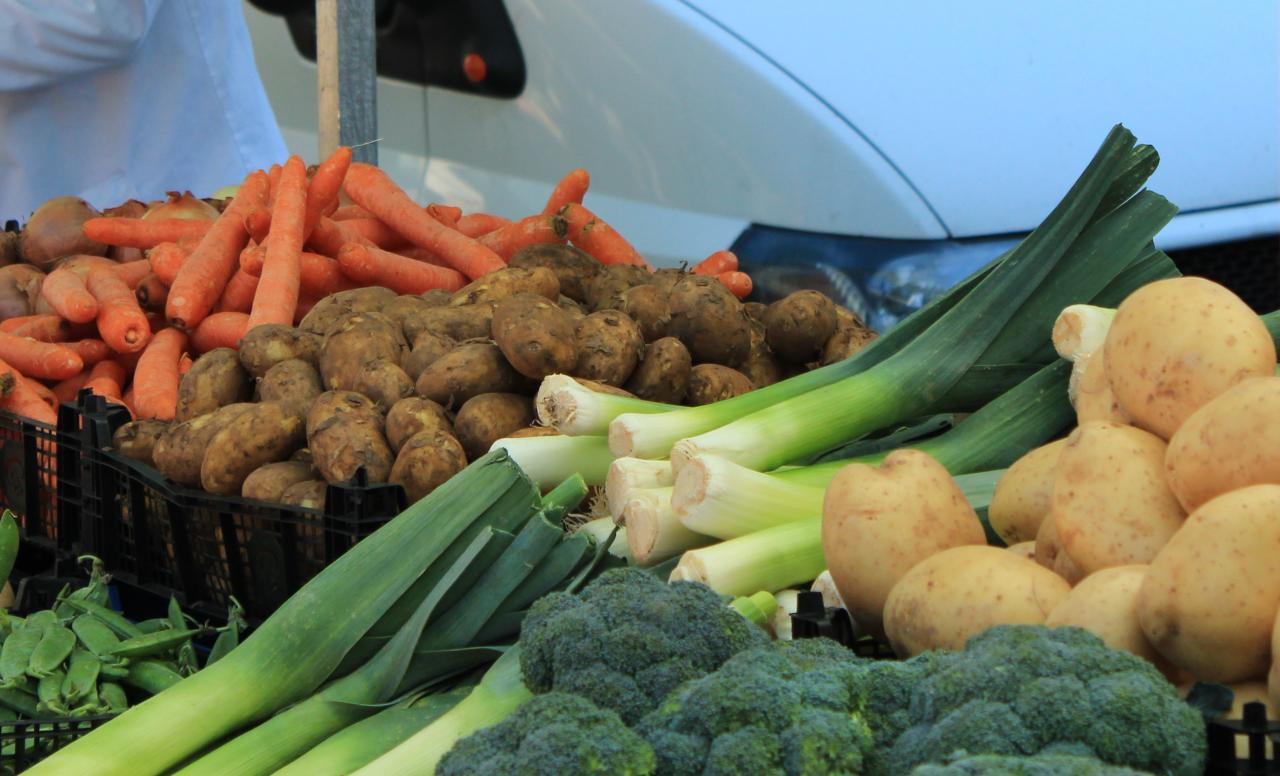
Proper storage and handling of organic foods are vital components in preserving their quality, freshness, and safety from farm to table. Organic products, free from synthetic preservatives and pesticides, require specific care to maintain their natural integrity and prevent contamination.
Implementing best practices for storing and preparing organic foods not only prolongs their shelf life but also ensures that consumers enjoy the full benefits of organic nutrition. This involves understanding optimal storage conditions, cleaning procedures, and strategies to avoid cross-contamination with non-organic items.
Best Practices for Storing Organic Foods
Organic foods are often more susceptible to spoilage and contamination if not stored correctly. To maintain their freshness and prevent the growth of harmful bacteria, it is essential to follow recommended storage guidelines tailored to different types of organic products. Proper handling minimizes nutrient loss and retains flavor, texture, and nutritional value.
- Store organic produce separately from non-organic items to prevent cross-contamination and accidental pesticide transfer.
- Use clean, food-grade containers and storage zones that are dedicated to organic foods whenever possible.
- Maintain a clean storage environment by regularly sanitizing shelves, drawers, and containers.
- Label organic items clearly to avoid mix-ups during storage and shopping.
Cleaning and Preparing Organic Produce
Thorough cleaning of organic produce is essential to remove dirt, bacteria, and residual pesticides, even if the produce is organic. Proper preparation maximizes safety and preserves the product’s natural quality. It is important to follow specific cleaning procedures that respect the delicate nature of organic foods.
- Wash hands thoroughly before handling organic produce to prevent cross-contamination.
- Rinse fruits and vegetables under cold, running water, using a soft brush for firmer produce such as potatoes or carrots.
- For leafy greens and herbs, soak in a bowl of water with a gentle vinegar solution (about 1 part vinegar to 3 parts water), then rinse thoroughly.
- Dry produce with a clean cloth or paper towel to reduce moisture that could promote mold growth.
Avoid using chemical cleaners or soap, which can leave residues or alter the organic integrity of the produce. Proper handling and cleaning routines help ensure that organic foods remain safe and nutritious for consumption.
Storage Methods, Temperatures, and Duration
Different organic foods require specific storage conditions to maximize freshness and prevent spoilage. The following table provides guidelines for common organic products:
| Product | Storage Method | Recommended Temperature | Duration |
|---|---|---|---|
| Organic leafy greens | Refrigerate in perforated plastic bags or containers with ventilation | 0°C to 4°C (32°F to 39°F) | 3 to 7 days |
| Organic berries | Store in breathable containers or original packaging in refrigerator | 0°C to 4°C (32°F to 39°F) | 2 to 3 days |
| Organic root vegetables | Keep in a cool, dark, and well-ventilated area or crisper drawer | 10°C to 15°C (50°F to 59°F) | 2 to 4 weeks |
| Organic dairy products | Refrigerate in their original containers or airtight containers | 0°C to 4°C (32°F to 39°F) | 7 to 10 days |
| Organic meats and poultry | Store in the coldest part of the refrigerator or freezer if long-term storage is needed | Refrigerator: 0°C to 4°C (32°F to 39°F); Freezer: -18°C (0°F) | Refrigerator: 1 to 3 days; Freezer: 3 to 6 months |
Tips to Avoid Cross-Contamination with Non-Organic Items
Preventing cross-contamination is crucial in maintaining the purity and organic status of foods. Cross-contamination can occur via utensils, surfaces, or storage areas. The following strategies help ensure organic foods remain uncontaminated:
- Use separate cutting boards, knives, and utensils exclusively for organic produce and other organic products.
- Designate specific storage zones for organic items, away from non-organic or processed foods.
- Regularly sanitize all surfaces, containers, and tools used in handling food, especially when switching between organic and non-organic items.
- Educate household members and staff on the importance of maintaining clear boundaries and hygiene practices.
- Avoid storing non-organic chemical-based cleaners or pesticides in areas designated for organic foods.
Adhering to meticulous handling and storage practices safeguards the integrity of organic foods, ensuring consumers receive safe, high-quality products that align with organic standards.
Common Misconceptions About Organic Foods
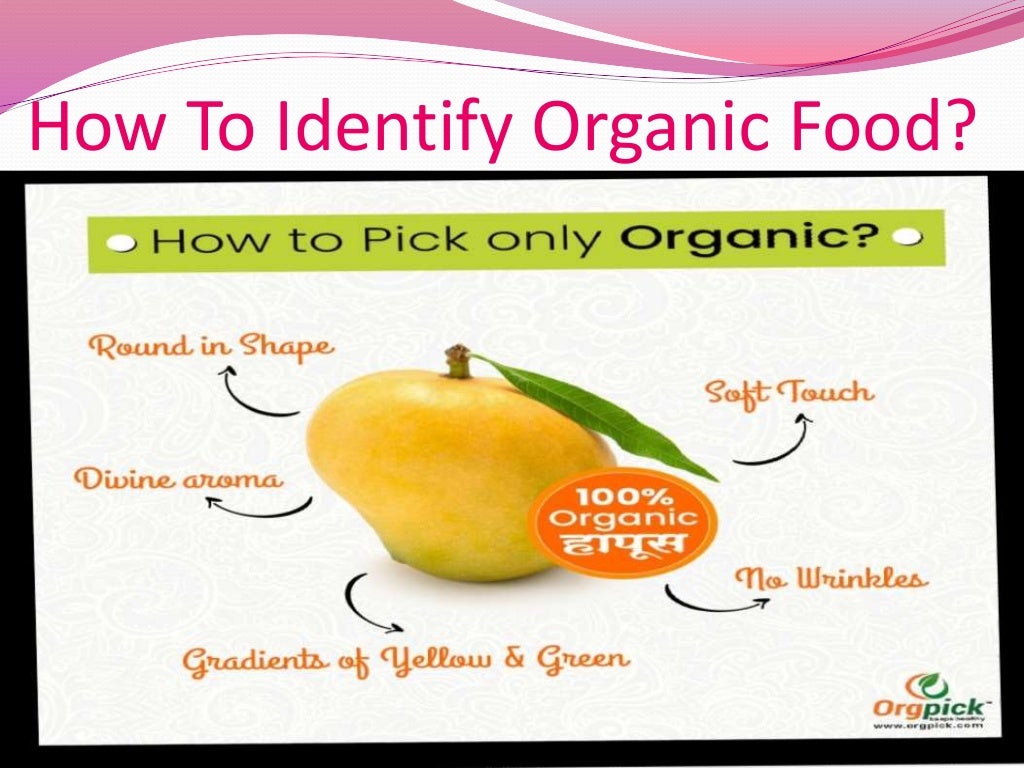
Understanding the realities of organic foods involves dispelling several widespread misconceptions. Many consumers associate organic labeling directly with superior health benefits or absolute safety, which can sometimes lead to misunderstandings. Clarifying these misconceptions is essential for making informed choices that truly align with health, safety, and ethical standards.
While organic foods offer numerous benefits, they are not an infallible guarantee of healthfulness or safety. The organic label signifies adherence to specific agricultural practices, but it does not necessarily reflect the nutritional content, absence of all pesticides, or guarantee that the product is free from contaminants. Recognizing these limitations helps consumers avoid overestimating the protections that organic certification provides.
Myths vs. Facts About Organic Foods
Many assumptions circulate about organic foods that are not supported by scientific evidence. Awareness of these myths versus facts can help consumers make better-informed decisions and interpret labels more critically.
| Myth | Fact |
|---|---|
| Organic foods are always healthier than conventional foods. | While organic foods often contain fewer synthetic chemicals, their nutritional value is comparable to conventional products. The health benefits depend on the specific food and its overall diet context. |
| Organic foods are completely free of pesticides. | Organic farming uses natural pesticides, but these can still be applied, and residues may remain. Organic pesticides are generally considered less harmful, but they do not guarantee absolute pesticide-free produce. |
| Organic foods are safer and less likely to cause allergies. | There is no guarantee that organic foods are free from allergens or contaminants. Safety depends on many factors, including potential cross-contamination and individual sensitivities. |
| Organic foods last longer than non-organic foods. | Organic products may have a shorter shelf life because they often do not contain preservatives. Proper storage is essential for maintaining freshness. |
| Organic labeling ensures higher quality. | Certification indicates adherence to specific farming practices, but quality can vary. It does not necessarily reflect taste, size, or appearance. |
Misleading packaging claims can sometimes give consumers a false sense of security. Phrases like “all-natural,” “chemical-free,” or “pesticide-free” are often used to attract buyers but do not always hold up under regulatory scrutiny. Consumers should scrutinize labels carefully, looking for certification logos and reading ingredient lists to verify claims. For example, a product labeled “all-natural” may still contain additives or preservatives if not supported by certification standards.
Last Word
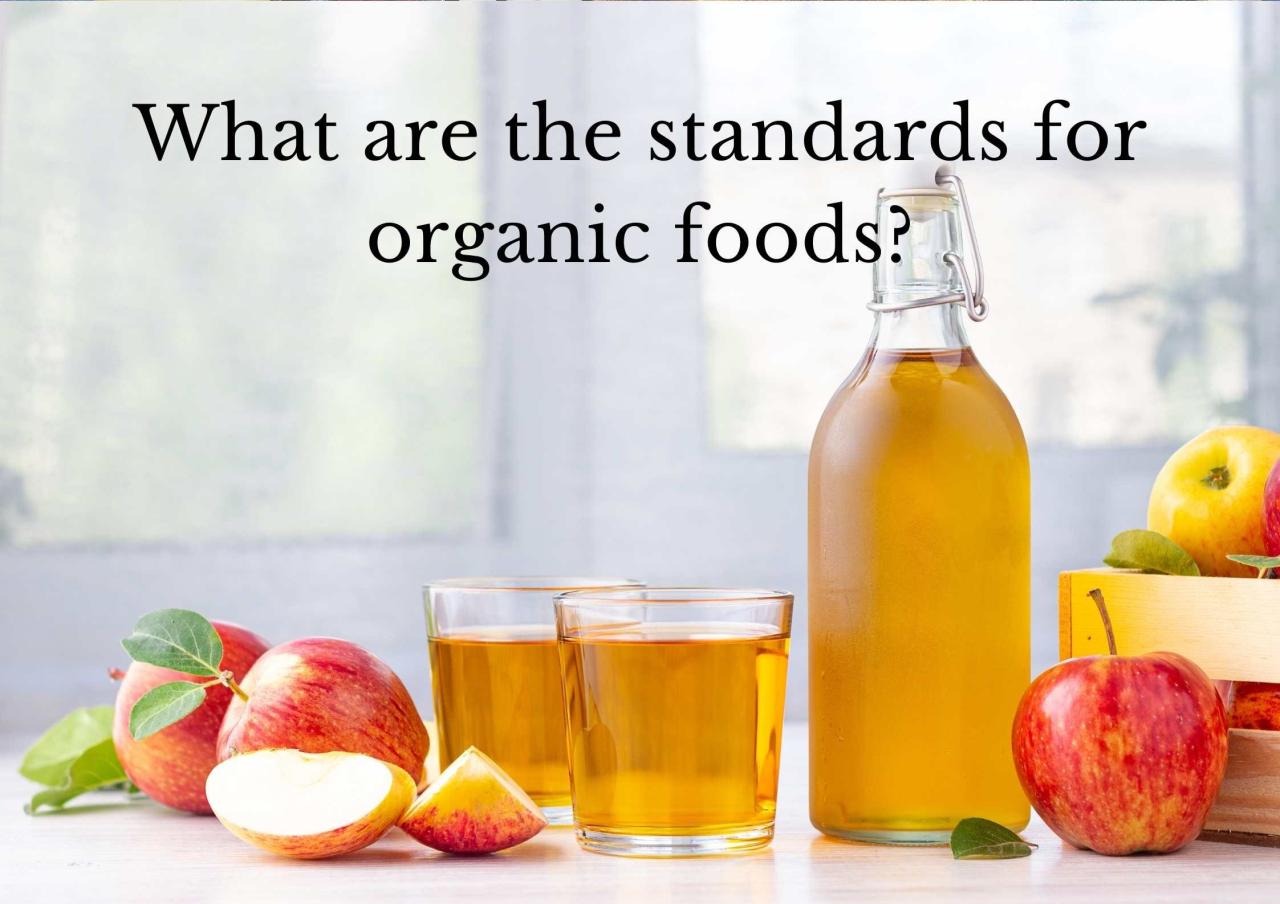
In summary, mastering how to identify organic foods combines awareness of visual signs, certification marks, and proper shopping techniques. This approach ensures you enjoy the benefits of genuine organic produce while supporting sustainable agriculture.